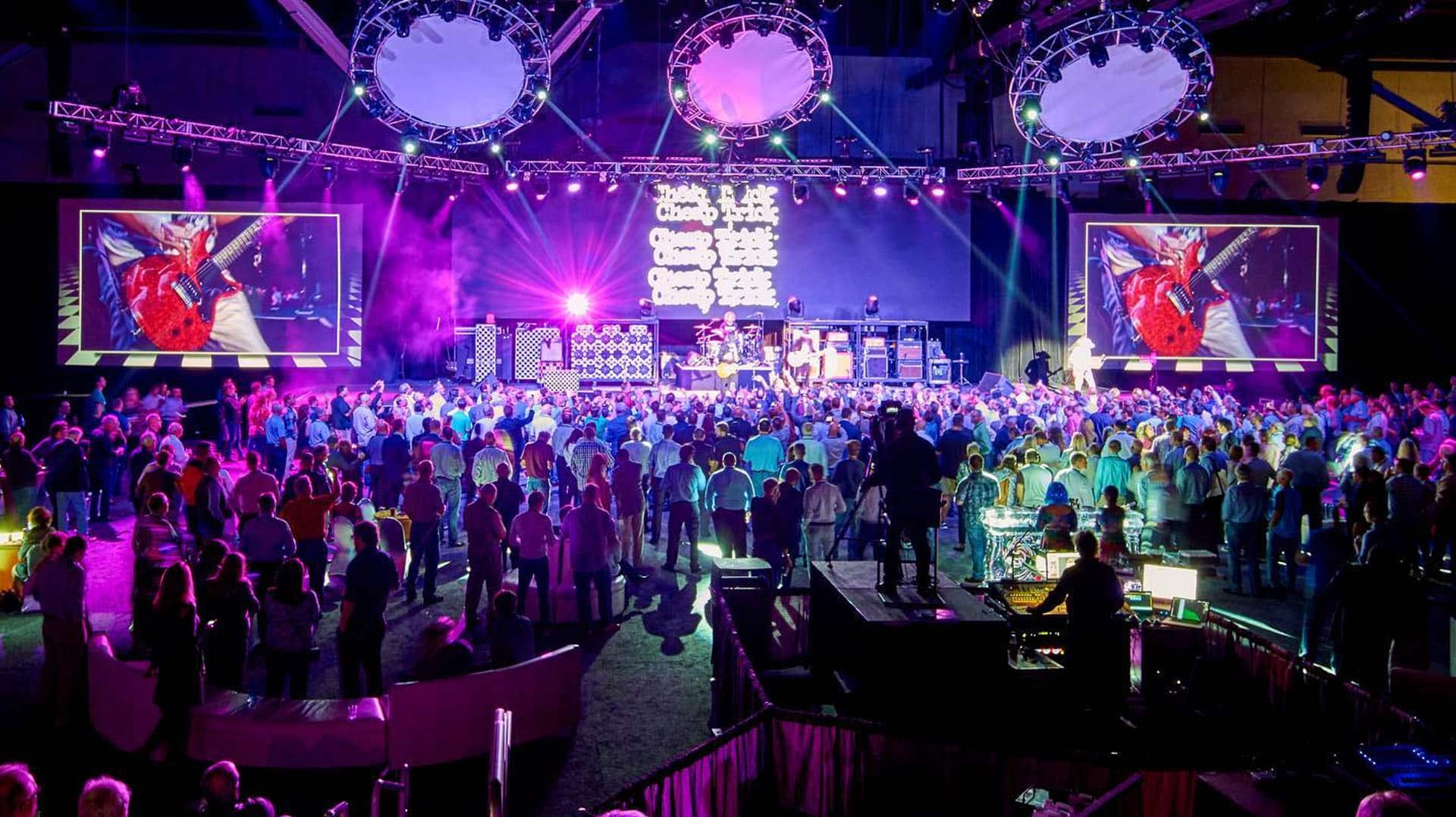Conquering Challenges in the Art of Visual Projection Projection Mapping Implementation
Wiki Article
Visual projection mapping is an innovative technology that converts ordinary areas into engaging displays. This technique allows creators and design professionals to project visuals and footage onto objects like structures, sculptures, or theaters, creating an engaging aesthetic experience. However, despite its potential, implementing video projection mapping successfully comes with several challenges. Understanding and addressing these obstacles is essential for anyone looking to create memorable projection art.
One of the primary difficulties in video projection mapping is guaranteeing that the displayed image matches perfectly with the surface. This process, known as "mapping," requires accurate measurements and figures. If the display is not matched properly, the visuals can look distorted or off. To address this issue, creators often use dedicated software that assists in mapping the graphics to the object's dimensions. Moreover, conducting comprehensive tests before the final projection can help identify any discrepancies and allow for modifications to be made.

Another significant obstacle is the different brightness and hue of the projected visuals. Different surfaces respond differently to illumination, which can affect how the colors appear once cast. For instance, a light-colored material will bounce brightness variously than a dark one. To tackle this, artists must think about the surface characteristics before selecting the hues and brightness for their displays. Testing the projection on the actual surface during the planning phase can provide essential insights into how the ultimate presentation will appear.
Technical difficulties can also pose a hurdle in video projection mapping. Problems such as hardware malfunction, software bugs, or connectivity issues can interfere with the entire project. To minimize these risks, it is vital to conduct thorough hardware checks and have contingency plans in place. This can include having additional cables, projectors, and even alternative software choices ready to go. Being ready for technical issues can ensure a smoother implementation of the projection.
Finally, audience engagement is an essential aspect try these out of video projection mapping. While the visuals are key, how the viewers interact with the presentation can make a big difference. Creators must think about how to design their projections to captivate viewers’ attention and encourage interaction. This can involve incorporating elements that invite participation or create a narrative that resonates with the audience. Gathering feedback from test audiences can also help refine the presentation to enhance engagement.
In summary, addressing challenges in video projection mapping demands meticulous preparation and innovation. By tackling the issues of matching, luminosity, technological problems, and viewer engagement, artists can create spectacular and effective projections. With the right strategies in position, video projection mapping can change common spaces into extraordinary experiences, click here for more captivating audiences and leaving a lasting impression.